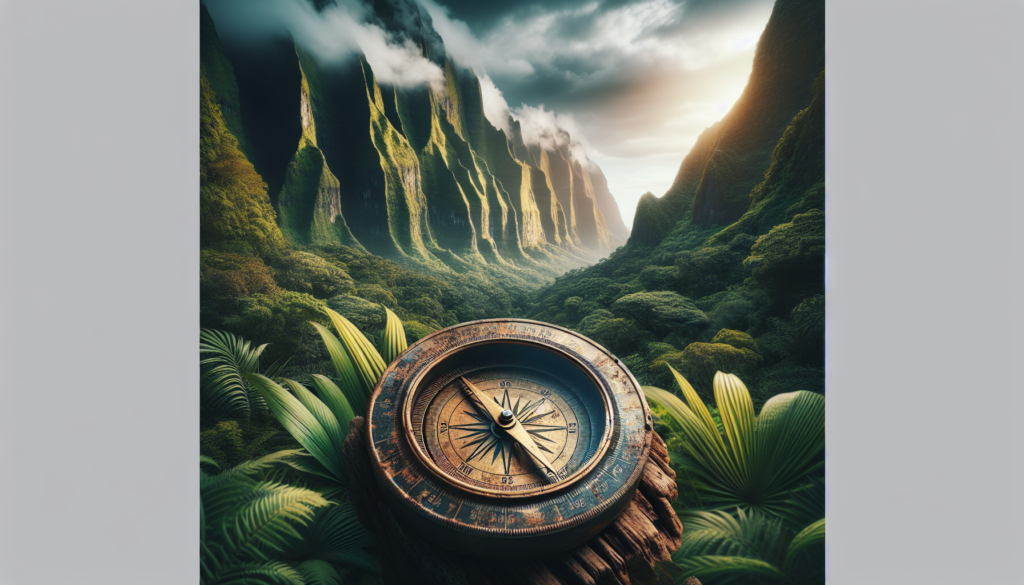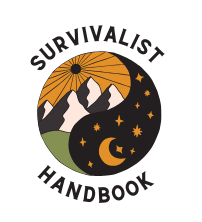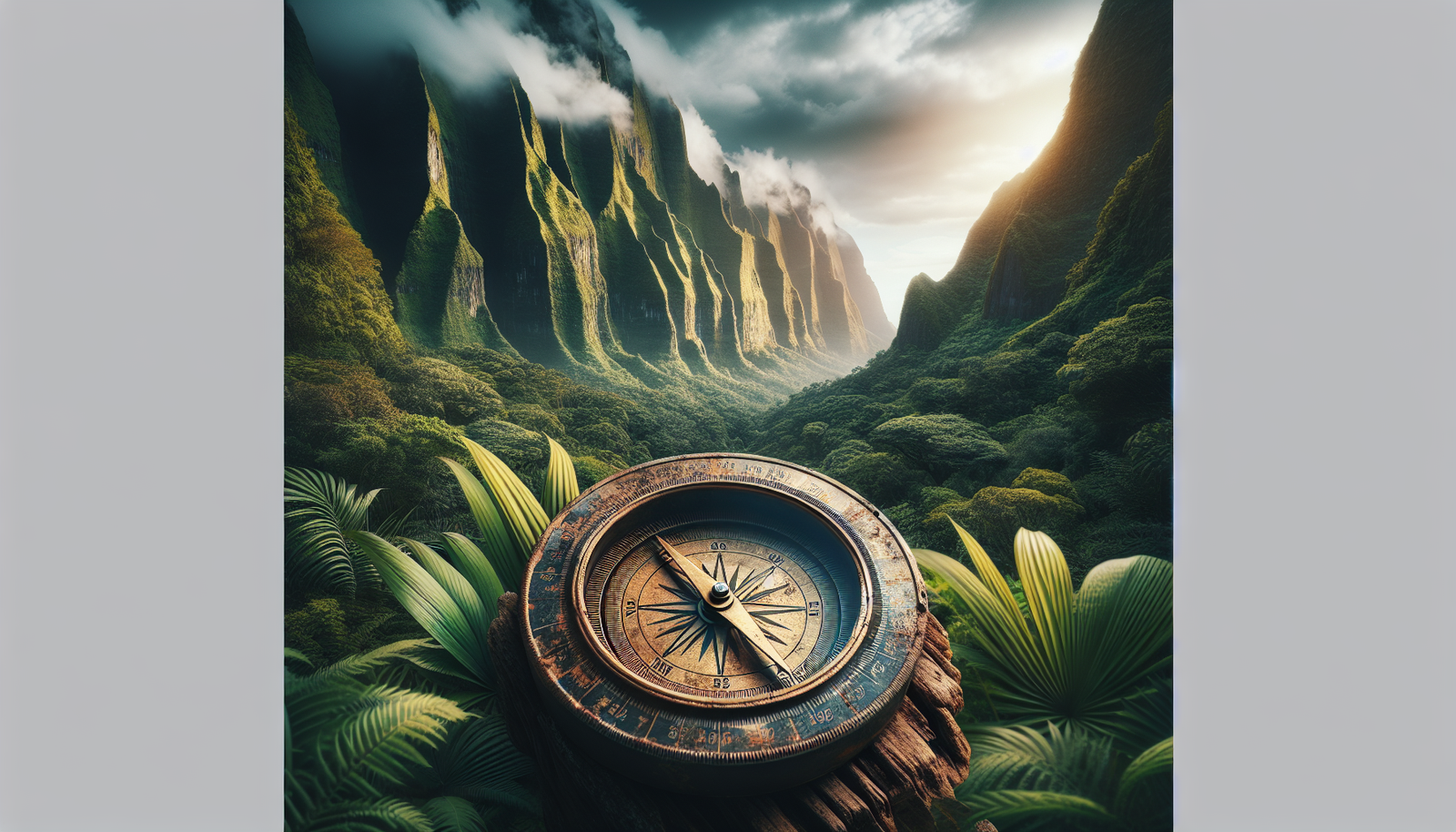In a world full of uncertainties, knowing basic survival skills can be a lifesaver. The ability to navigate using natural landmarks is not only practical, but it can also provide a sense of security and self-reliance. Whether you find yourself in the wilderness or facing an urban disaster, understanding how to find your way back to civilization is vital. This article will explore the essential knowledge needed to navigate using natural landmarks, helping you become better prepared for unexpected situations and enabling you to emerge stronger in the face of adversity.
Introduction
In a world where unexpected situations can arise, mastering basic survival skills offers peace of mind and the potential to save lives. One of the most crucial skills to have in a survival situation is the ability to navigate your way back to civilization using natural landmarks. Natural landmarks are features of the environment that can guide us in determining our location and direction. In this article, we will explore various methods of navigating through the wilderness using natural landmarks and provide you with the knowledge to become self-reliant and resilient in the face of adversity.
Understanding Natural Landmarks
Definition of Natural Landmarks
Natural landmarks are distinct features found in the environment that stand out due to their size, shape, or uniqueness. These landmarks can include geographical features such as mountains, rivers, or coastlines, as well as specific vegetation or animal habitats. The key characteristic of natural landmarks is that they can be easily recognized and used as reference points for navigation.
Types of Natural Landmarks
There are various types of natural landmarks that can be utilized for navigation. Mountains and hills are prominent features that can be seen from a distance and provide a sense of direction. Rivers and streams can serve as pathways, guiding us towards civilization or other landmarks. Coastal landforms, such as cliffs or capes, can be easily identified and used as markers. Vegetation, like distinctive tree species or abundant moss, can also help in orienting ourselves. By understanding the different types of natural landmarks, we can effectively use them to navigate through the wilderness.
Their Significance in Navigation
Natural landmarks play a crucial role in navigation, especially in situations where modern technology may not be accessible. By understanding and utilizing natural landmarks, we can determine our location, find our way back to civilization, and make informed decisions about our surroundings. These landmarks provide us with a sense of direction, orientation, and a visual representation of the terrain. They help us create mental maps and make the navigation process easier and more reliable.

Reading the Landscape
Observing the Surroundings
The first step in navigating using natural landmarks is to observe your surroundings. Take a moment to scan the landscape and familiarize yourself with the prominent features. Look for distinct landforms, like mountains or hills, and take note of their location in relation to your position. Pay attention to the vegetation, bodies of water, and any other unique elements that can serve as reference points. By taking in the details of your surroundings, you will start to develop a mental image of the landscape, aiding your navigation efforts.
Identifying Prominent Natural Features
Once you have observed your surroundings, it’s important to identify the prominent natural features that can assist you in navigation. Look for recognizable landmarks like mountains, cliffs, or distinct rock formations. These features provide visual cues that can help you determine your direction of travel or pinpoint your location on a map. By familiarizing yourself with the prominent natural features, you can easily navigate through the wilderness and find your way back to civilization.
Understanding Topographical Maps
Topographical maps are invaluable tools for navigation in the wilderness. These maps depict the natural features of the landscape, including mountains, rivers, and other landmarks. By understanding how to read and interpret topographical maps, you can accurately determine your location, plan your route, and navigate using the natural landmarks depicted on the map. Familiarize yourself with the symbols and contour lines on the map to effectively use it as a navigational aid.
Using the Sun as a Guide
Understanding Directional Changes throughout the Day
The sun can be a reliable guide when it comes to determining direction. By observing the sun’s movement throughout the day, you can determine east and west, which in turn can help you navigate. In the Northern Hemisphere, the sun rises in the east and sets in the west. In the Southern Hemisphere, it rises in the east but sets in the west. Understanding these directional changes can provide you with a general sense of your orientation, even without access to a compass.
Using Shadows to Determine Cardinal Directions
Shadows can also be used as a navigational tool, especially when the sun is not directly visible. By placing a stick upright in the ground and marking the tip of its shadow, you can track the movement of the shadow over time. The shadow will move from west to east, allowing you to determine cardinal directions. This method is particularly useful during cloudy or overcast days when the sun might not be visible, but you still need to find your way.

Reliance on the Stars
Identifying and Utilizing Celestial Navigation
The night sky provides a wealth of information for navigation. By familiarizing yourself with constellations and the position of stars, you can determine your direction of travel. Polaris, also known as the North Star, is a particularly important star for navigation in the Northern Hemisphere. It remains fixed in the night sky, approximately aligned with the Earth’s axis. By locating the North Star, you can determine true north and orient yourself accordingly.
Finding the North Star
To find the North Star, locate the Big Dipper, a prominent constellation in the Northern Hemisphere. The two stars at the end of the Big Dipper’s “bowl” point towards the North Star. Extend an imaginary line from these stars, and it will lead you to Polaris, the North Star. Utilize this method when the night sky is clear and free from obstructions to identify the North Star and establish your direction of travel.
Working with Wind Patterns
Understanding Wind Direction and Speed
Wind patterns can provide valuable information for navigation, especially when traveling across open areas or bodies of water. By noticing the direction from which the wind is blowing, you can determine your approximate direction of travel. Additionally, paying attention to the speed and strength of the wind can help you gauge your progress and adjust your navigation accordingly. By understanding wind patterns, you can use the wind as a navigational aid, especially when other landmarks may be less visible.
Using Wind as a Navigational Aid
If you are in an open area with no distinct natural landmarks, using the wind as a navigational aid can be helpful. Choose a fixed reference point in the direction you want to travel and face directly into the wind. By maintaining this position, the wind will blow directly towards the back of your head. This technique ensures that you are traveling in a straight line towards your desired destination, even in the absence of identifiable landmarks.
Deciphering Water Navigation
Using Rivers and Streams as Pathways
In the wilderness, rivers and streams can serve as valuable pathways and aid in navigation. They can provide a reliable source of freshwater, and by following their flow, you can often find signs of civilization or landmarks. When navigating using rivers and streams, pay attention to their direction of flow and use that information to determine your own direction of travel. Additionally, note any distinctive features along the watercourse, as they can serve as reference points for navigation.
Identifying Coastal Landmarks
If you find yourself near a coastline, identifying coastal landmarks can be a helpful navigational strategy. Cliffs, headlands, or distinctive rock formations can be easily spotted from the water and used as reference points. By observing the coastline and its features, you can estimate your position and navigate along the shore. Keep in mind that coastal landmarks may appear differently depending on the tide, so be mindful of any changes in the landscape due to tidal fluctuations.
Tracking Animal Movements
Recognizing Animal Trails
Animals often follow established trails through the wilderness, and by recognizing these trails, you can navigate more efficiently. Look for signs of animal tracks, paths, or disturbed vegetation. These indicators can guide you towards potential pathways that may lead to sources of food, water, or even human settlements. By following animal trails, you can increase your chances of finding natural landmarks or encountering other signs of civilization.
Using Animal Behavior as Indicators
Animal behavior can also provide valuable information for navigation. Keep an eye out for birds flying in a particular direction, which may indicate the presence of a water source or a more populated area. Additionally, listening to the sounds of animals can often lead you to water sources, as animals tend to congregate near freshwater. By observing and interpreting animal behavior, you can gain insights into your surroundings and make informed navigational decisions.
Identifying and Orienting with Vegetation
Identifying Tree and Plant Species
Different tree and plant species can serve as navigational aids. Some trees, like the moss-covered side of a tree, tend to grow on the north side, providing a general sense of direction. Other plants may indicate the proximity of water or specific terrain features. By familiarizing yourself with the local flora and their characteristics, you can use vegetation as a reference point for navigation.
Using Moss and Sunlight as Reference Points
Moss and sunlight can also be utilized as reference points to determine direction. In general, moss tends to grow on the northern side of trees or rocks, as it prefers shade and moisture. By observing the growth patterns of moss, you can get a general sense of north. Additionally, sunlight can provide information about east and west. In the morning, sunlight will be in the east, while in the afternoon, it will be in the west. By using moss and sunlight as visual cues, you can navigate with greater confidence.
Conclusion
Navigating through the wilderness using natural landmarks is a crucial survival skill. By understanding and utilizing the various methods discussed in this article, you can confidently find your way back to civilization even in challenging situations. From observing the surroundings and identifying prominent natural features to using the sun, stars, wind, water, animals, and vegetation as navigational aids, each technique contributes to your ability to navigate the wilderness. So, whether you’re exploring the great outdoors or simply seeking to be prepared for unexpected circumstances, mastering the art of navigation using natural landmarks equips you with the knowledge and skills to overcome challenges and emerge stronger.

